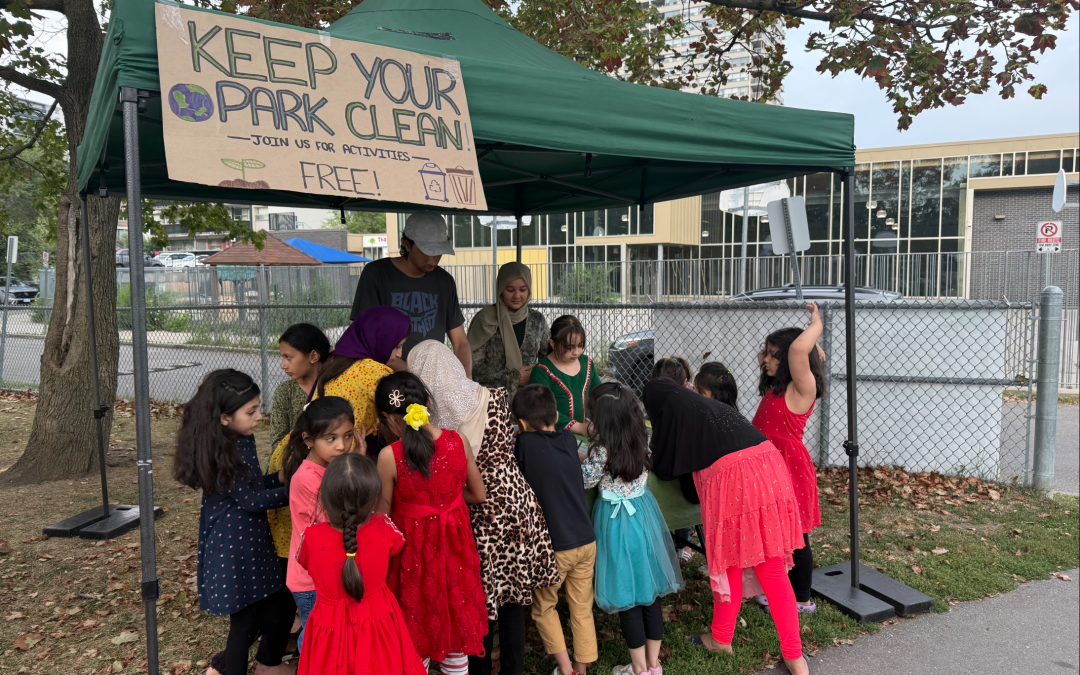The Arts in the Park, paired with our Clean Park Campaign, an initiative we have been running for many years to keep our park clean, continued this year in full swing. We ran it every Friday during the community market to engage the children in keeping the park clean and green through arts, creativity, and action.
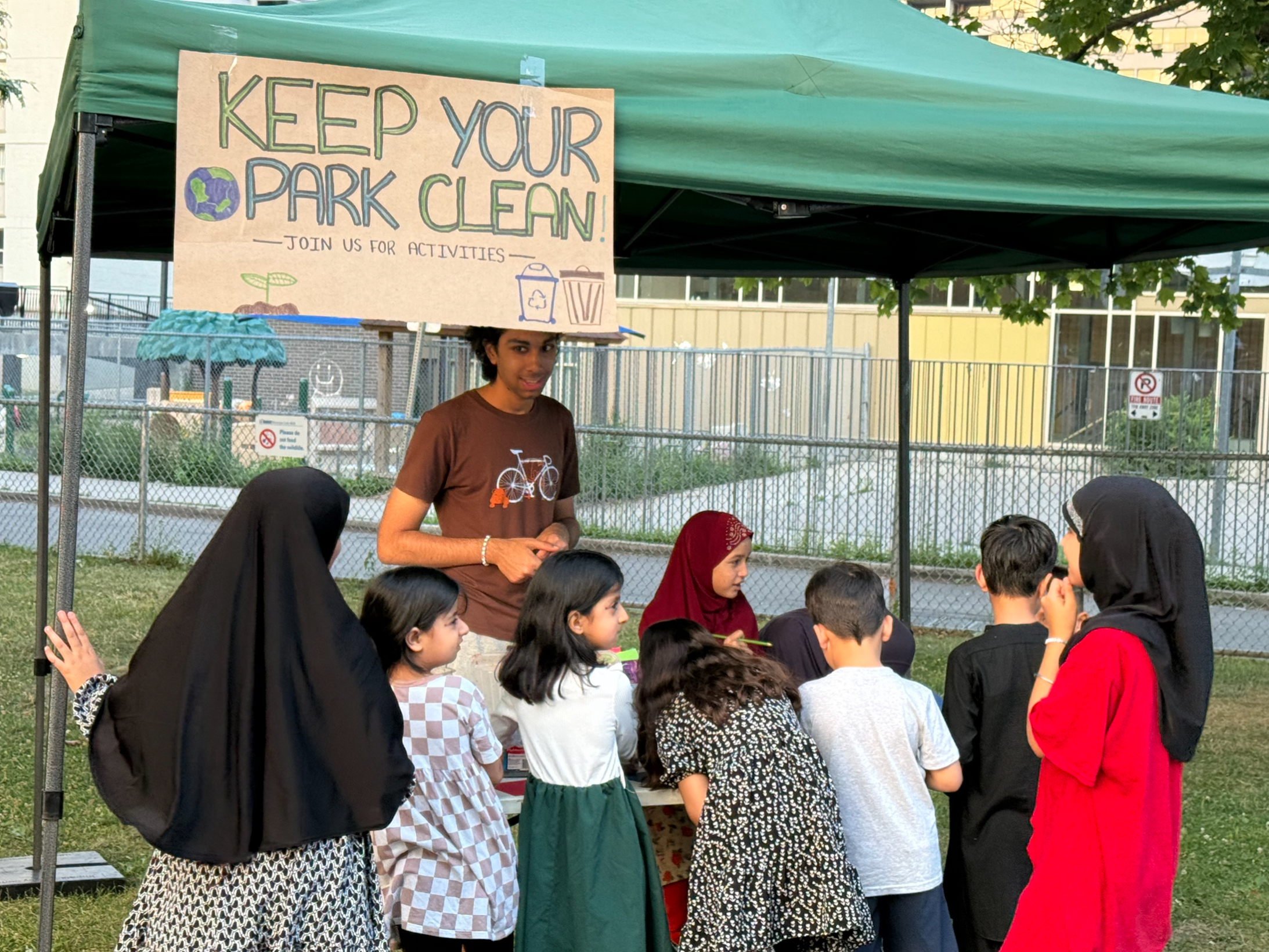
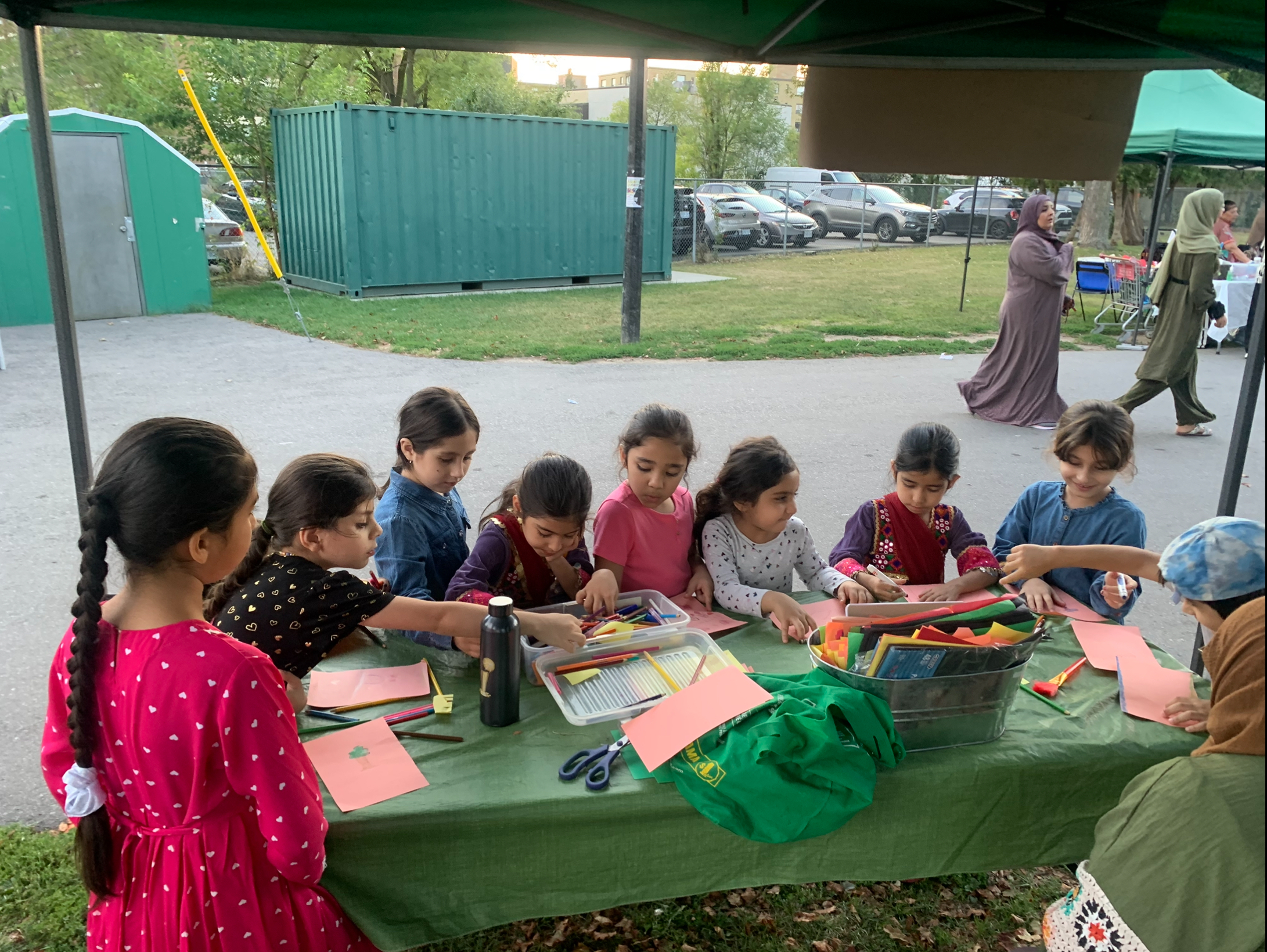
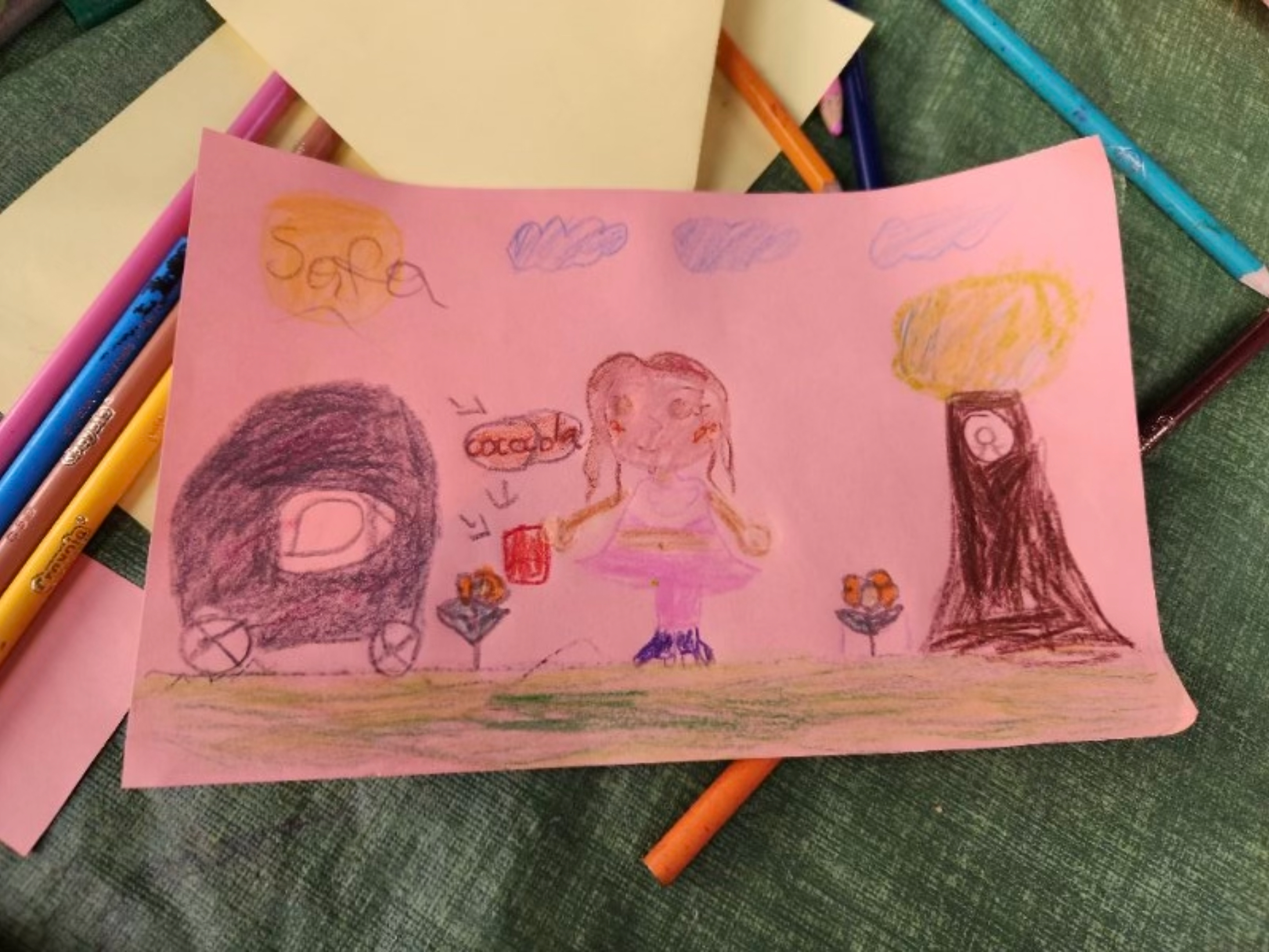

For the first part of the program, we held an arts workshop at one of the booths for the children to participate in. Every week, there was a theme for what the children would make, such as clean park signs, how they do their part in keeping the park clean, what a dream clean park looks like to them, their park superhero and more. The children loved making their designs and were very creative in their artwork. During this, we would talk to the children about being stewards of the park and doing their little part in keeping it clean and green. We would explain the importance of respecting nature and the park property, and the effects of a dirty park on humans and wildlife.

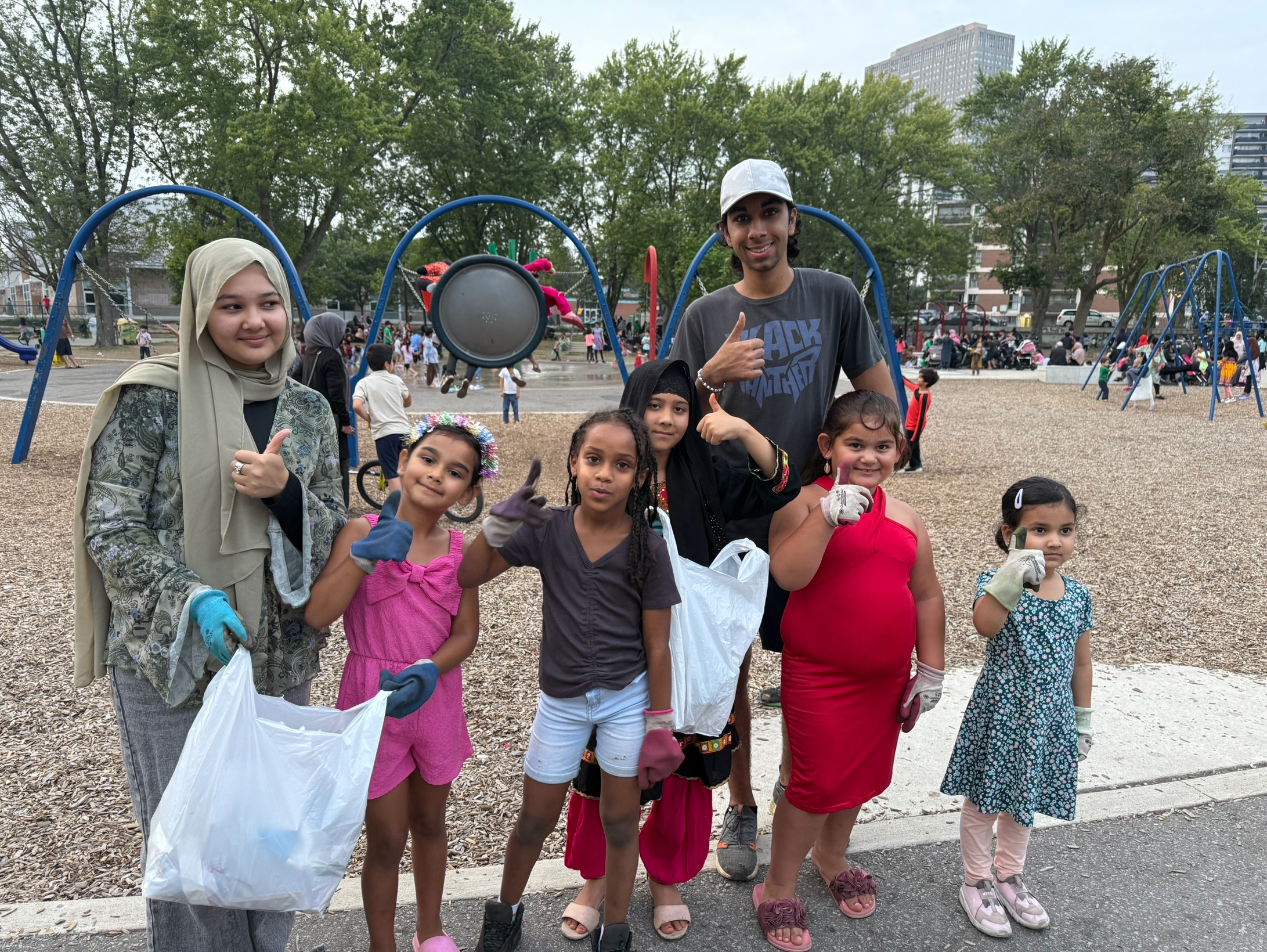
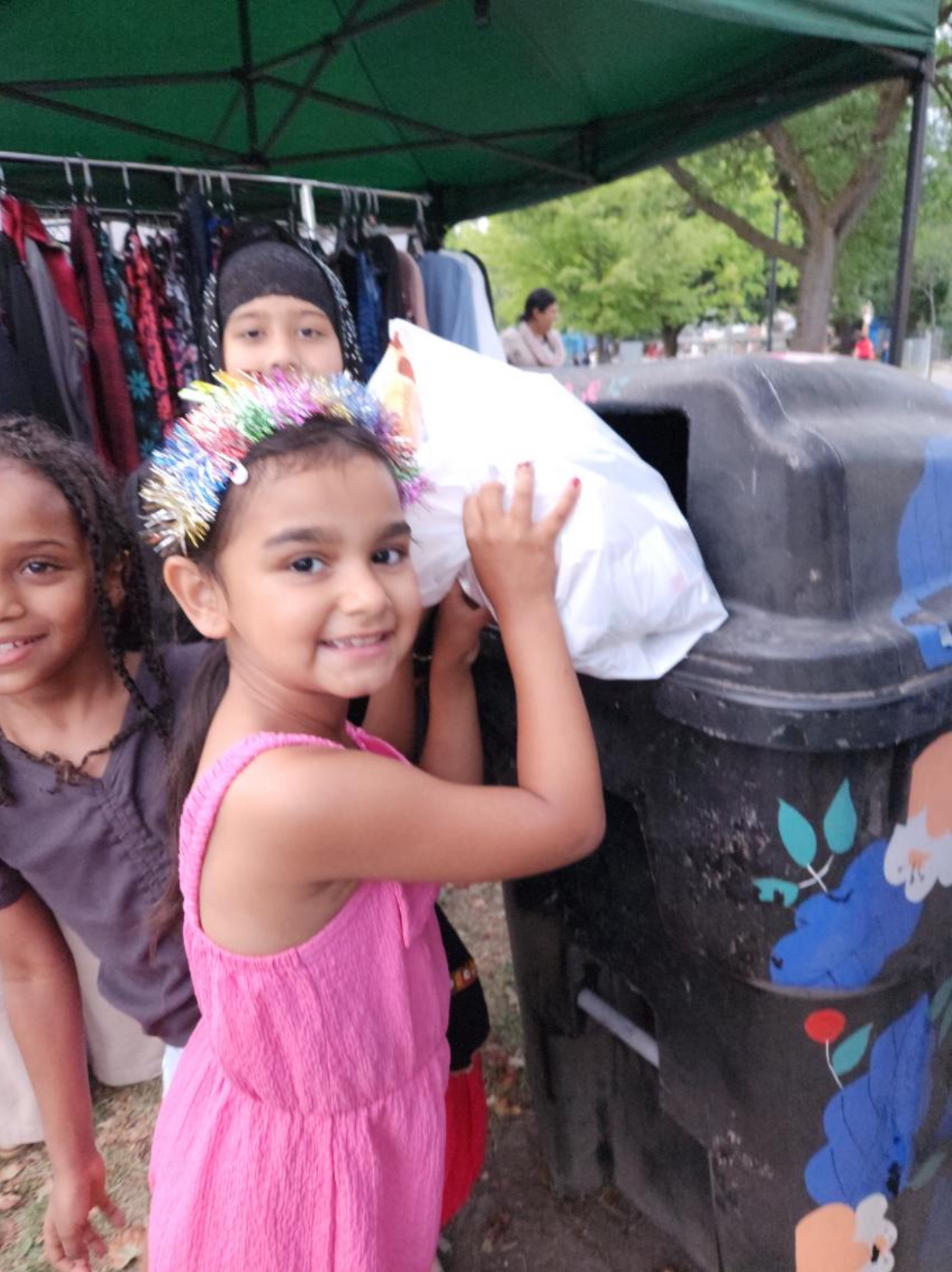
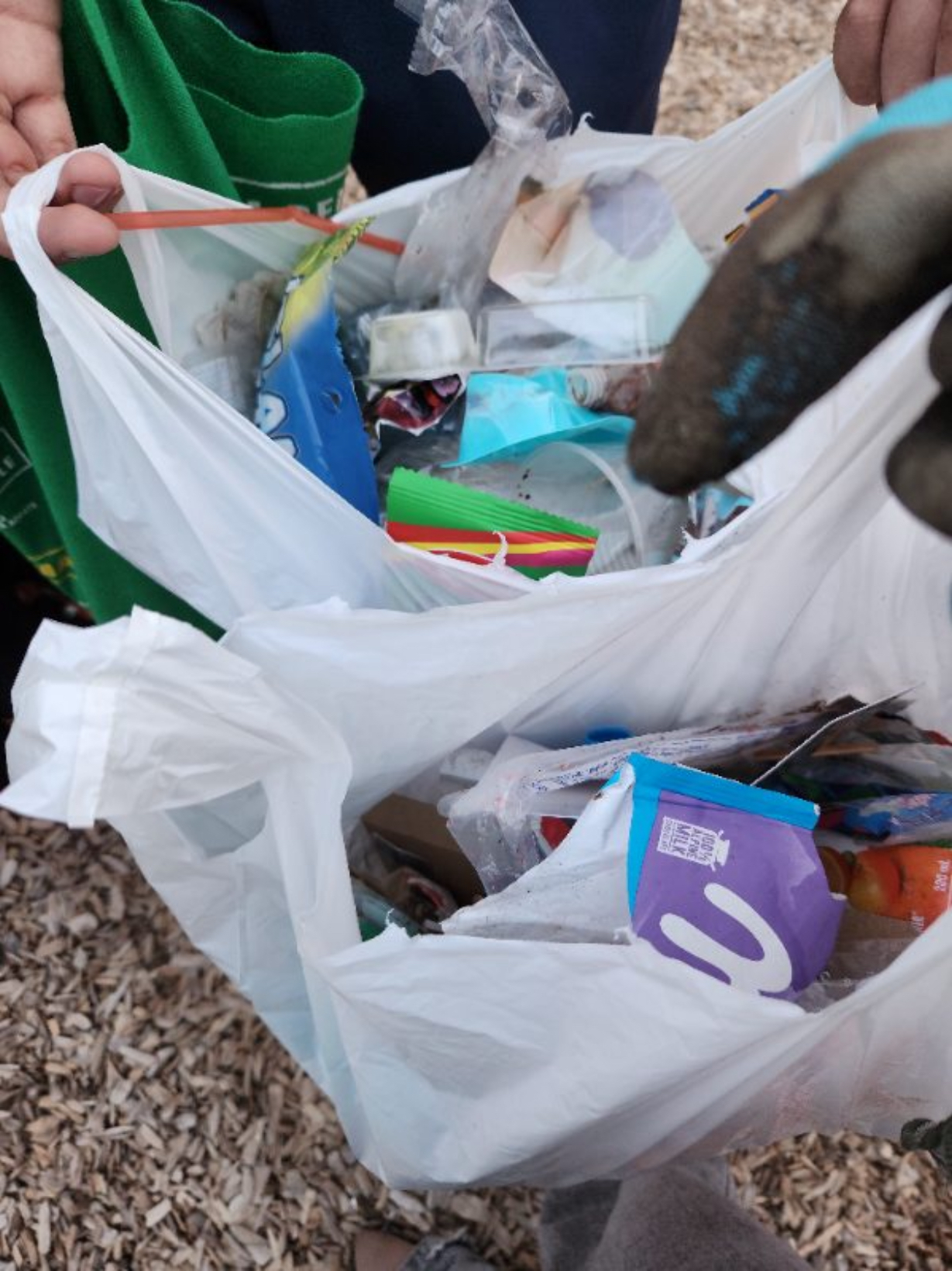
For the remaining time, we actively engaged the children in our campaign by getting them to help in park clean-ups. We gave them gloves, and they went around picking up garbage off the ground. Usually, they enjoyed having a competition, and so we split them into two teams, and the group that picked up the most garbage won. The children would cover the whole park, from the grass to in front of the Cafe and under tables and benches. The winning team would receive a small prize, like a freezie or popsicle from the Cafe, as an incentive for them to continue participating every week. This experience taught the children about community action and that just a few helping hands can make a big difference

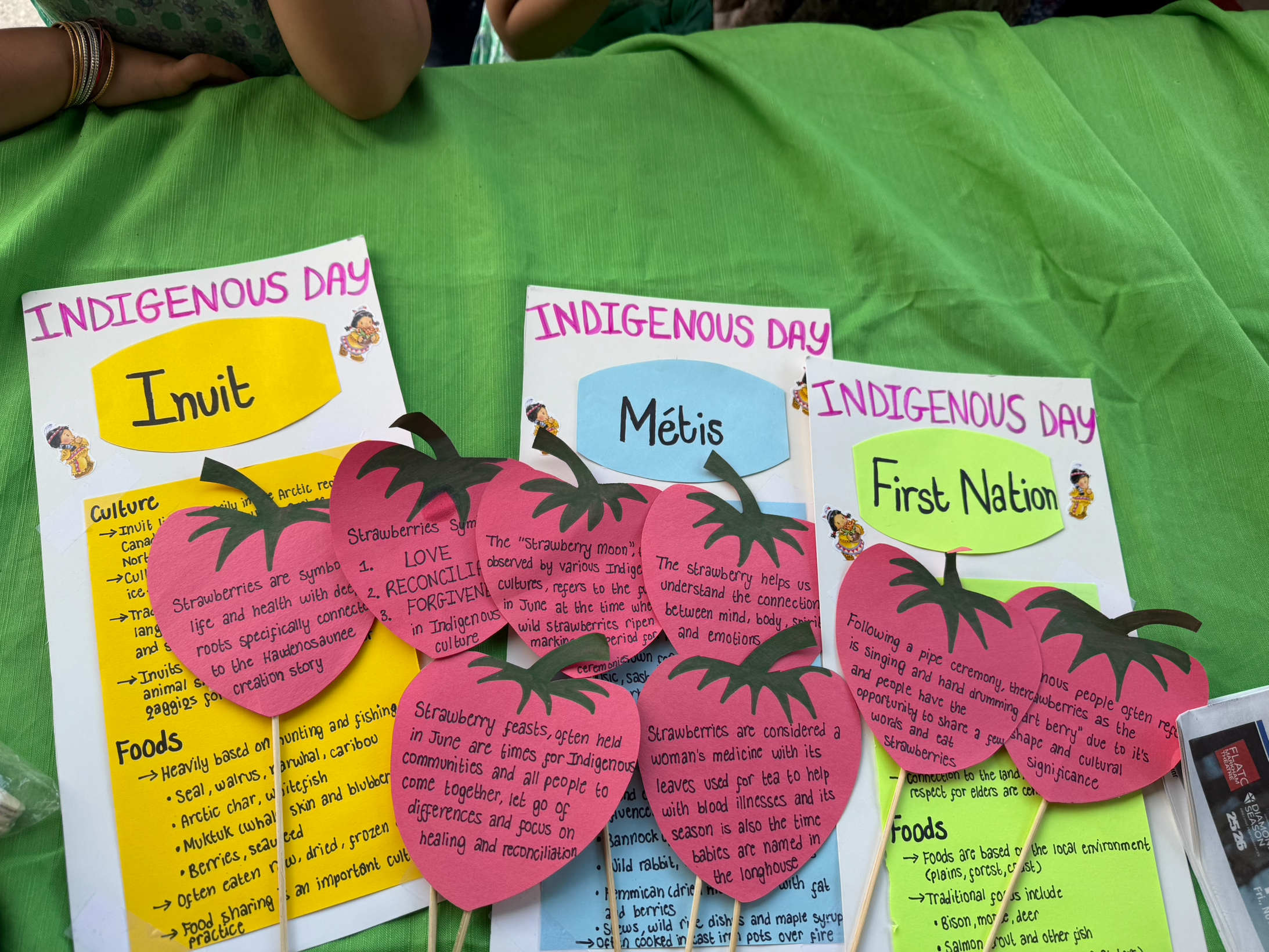
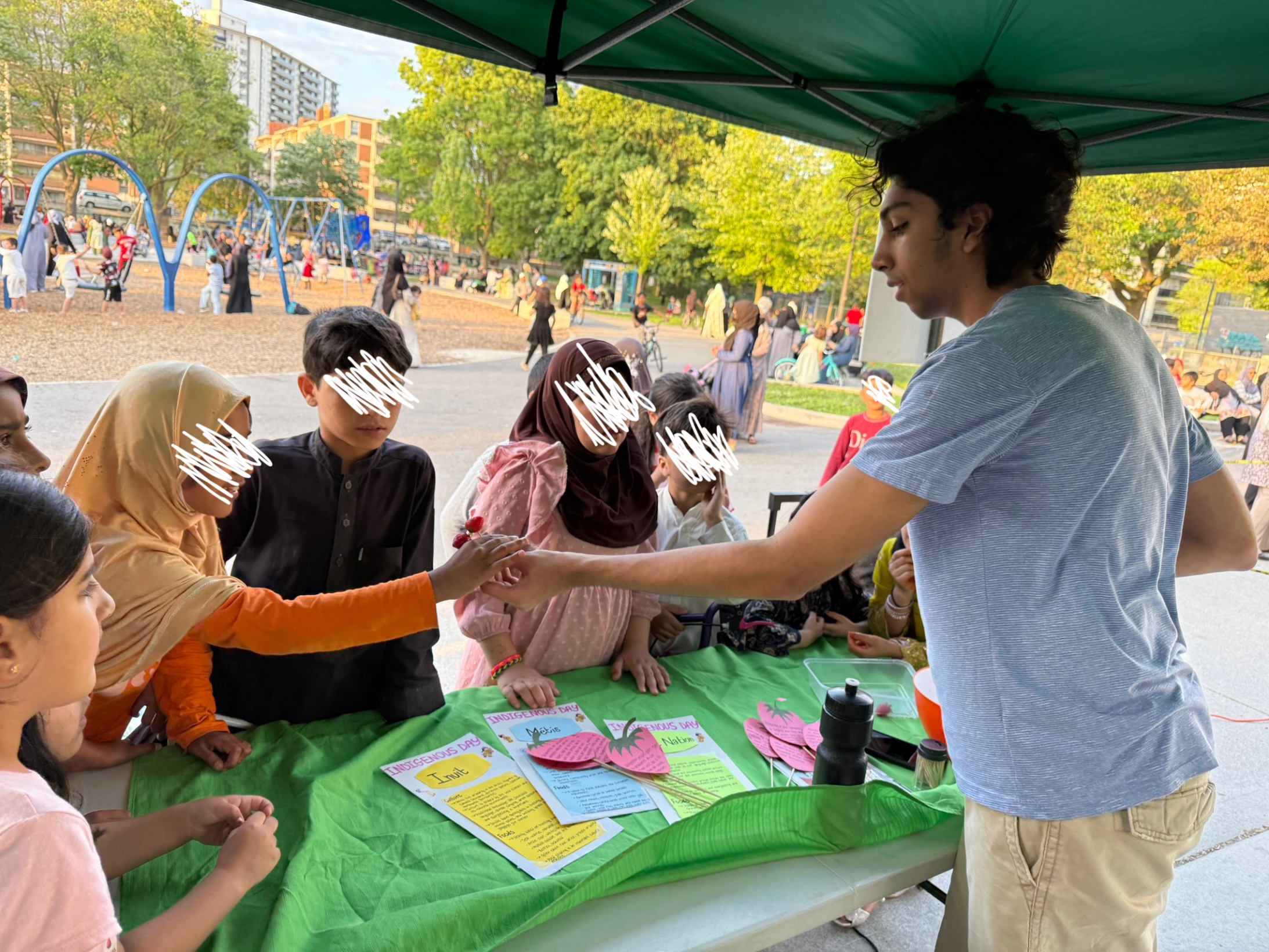
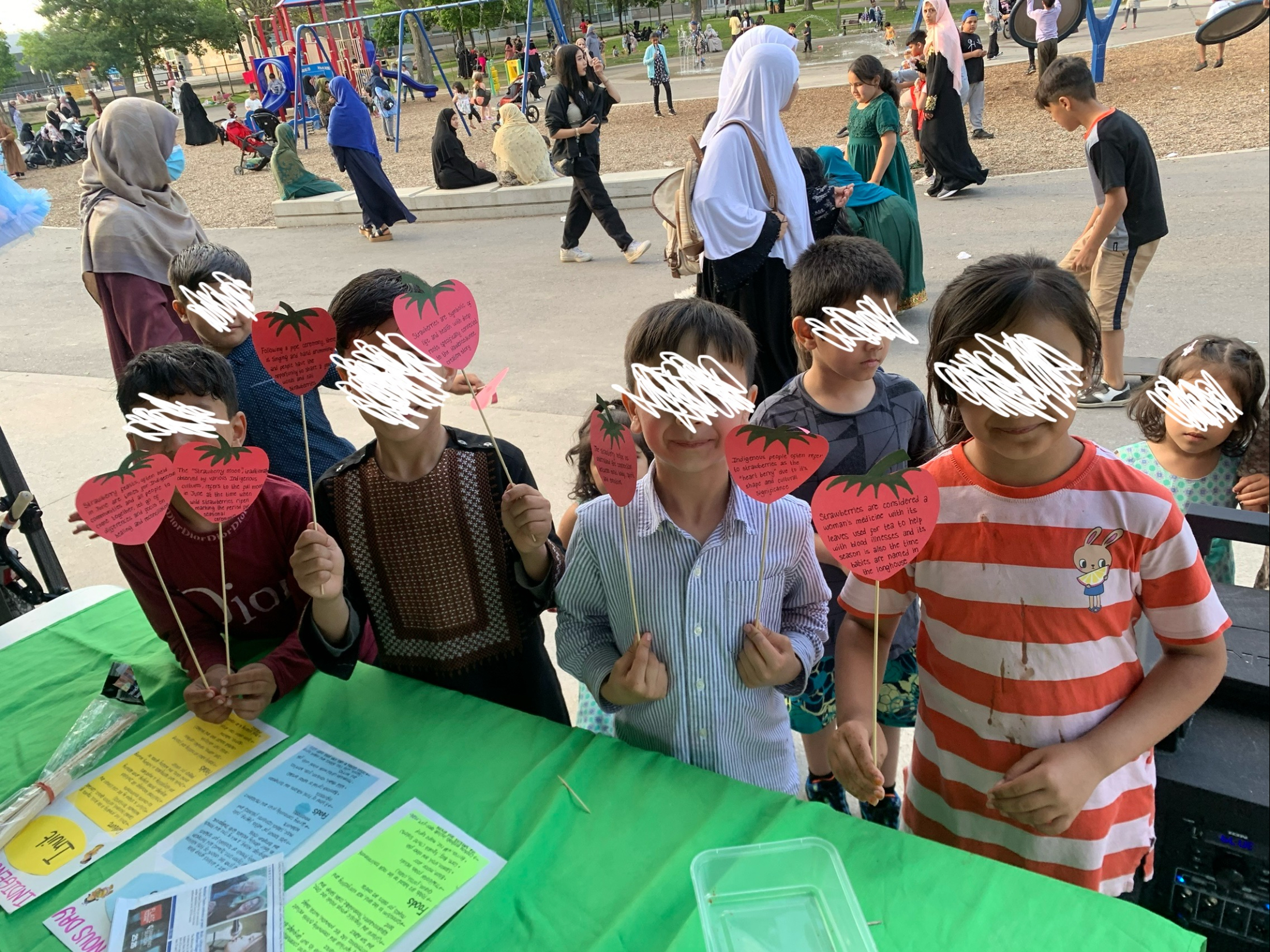
On the Friday before National Indigenous Day on June 21st, we hosted a special Arts in the Park activity for children to learn more about Indigenous culture, language, and food. Through actively engaging them in a discussion, they learned fun and meaningful facts about Indigenous peoples’ traditions with a focus on the significance of strawberries. The children learned what the strawberries represented, why they’re sacred, and the three main Indigenous branches: Inuit, Métis and First Nations. As a reward, they all received a fresh strawberry for participating.

